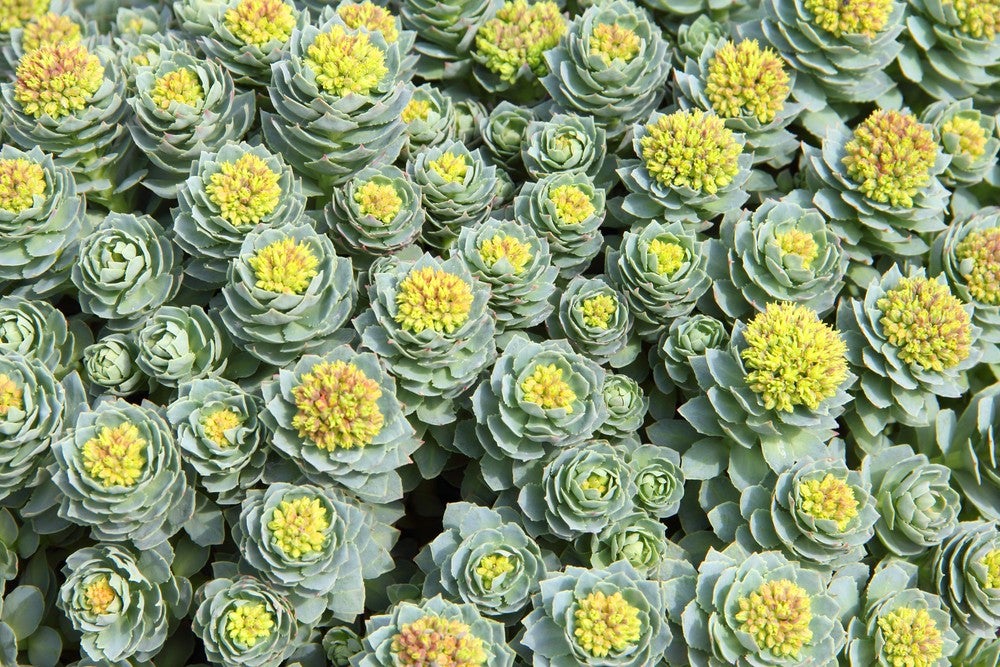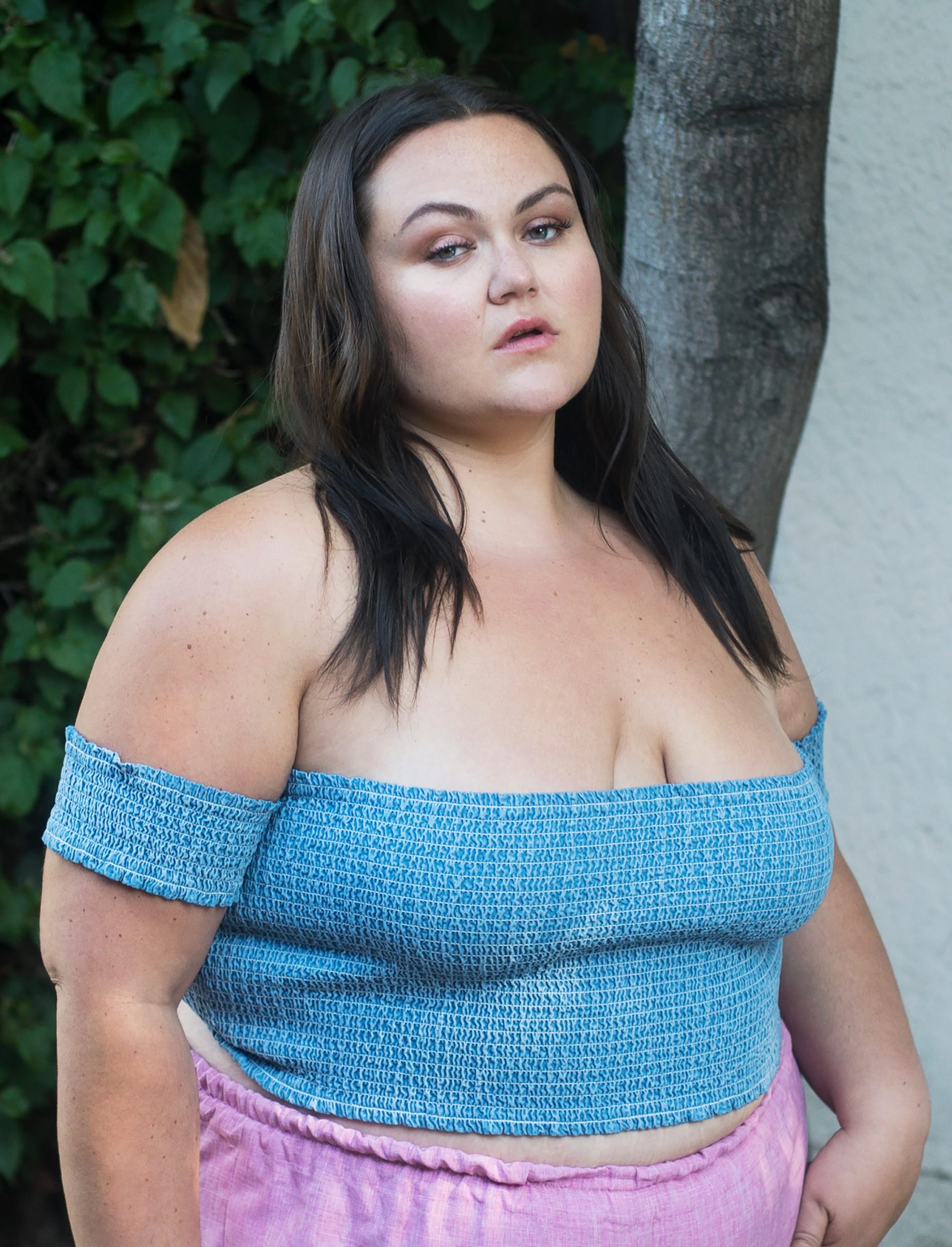Adderall is used and abused so widely for one simple reason: People want to get shit done. Regardless of whether or not we’re actually prescribed the little blue, orange or white pills, a lot of us have experimented with the mainstream amphetamine in hopes of better fulfilling our obligations — typically as they’re related to school or work and typically with an exuberance only a drug can bring.
Personally, Adderall gives me a teeth-grinding smile and warm sense of how much I fucking love my friends and reminds me about how I must text them right now. In other words, it usually diminishes my productivity. And while it does boost my mood for a few hours, by the time I’m coming down, my skin is dry and my attitude is agitated.
But in terms of Adderall experiences, I can’t complain. A lot of people my age have been downing Adderall since they were tweens, and now, as 20somethings, they’re full-blown addicts. As my colleague Ian Lecklitner reported in his story about the long-term effects of such Adderall use, “The number of American workers who tested positive for amphetamines increased by 44 percent between 2011 and 2015.”
None of this, obviously, is a good thing. Short-term effects of Adderall usage include panic attacks, appetite suppression and sleepness (it is, after all, speed); longer-term effects (which we’re only beginning to understand now since we’re the first generation that’s been on the drug for any length of time) are, of course, way worse — namely a delightful combo platter of hallucinations, delusions and psychosis as well as greater susceptibility to anxiety and depression.
Not surprisingly then, a market has been developing for an alternative. Or better put, there’s a strong desire out there for something else that will provide the same kind of focus as Adderall but without all the addiction, panic attacks, appetite suppression, sleeplessness, hallucinations, delusions and psychosis.
And the alternative I keep hearing the most about is rhodiola root, a succulent with yellow flowers that grows best in very cold climates, including the Arctic regions of Europe. Or as it’s commonly referred to — Nature’s Adderall, God’s Adderall and/or Herbal Adderall. Whatever the marketing slang, my friend Andrea, a botanical expert in L.A., swears it’s “the good shit.” “Rhodiola is a root that functions as a brain amplifier,” she tells me. “You can take this everyday to achieve mental clarity, focus and concentration. Half a teaspoon of rhodiola in a smoothie will boost your cognitive function.” (That teaspoon typically comes in powder form as that’s sold either loose or in capsules — for somewhere between 20 and 60 bucks — at hippie co-opts and bougie markets.)
“It’s Adderall without the anxiety,” adds Veronica, my friend’s mother who works as a beekeeper in Texas.
Sounds too good to be true, right?
Kinda, but not really. Adaptogens such as mushrooms and rhodiola root have become an artisanal wellness trend because of Gwyneth Paltrow and Goop and Amanda Chantal Bacon and Moon Juice, but they’ve long been used by ancient plant medicine experts to regulate stress and adrenal function. By definition, in fact, an adaptogen is a nontoxic plant with mutable healing properties that balance the body.
To see what mutable healing properties it might bring to my body, a couple of weeks ago, I hit up a Whole Foods not far from where I live in Southern California and spent $18 on the Gaia brand Veronica recommended. Some of its promises, per the bottle:
- “Ecologically harvested in pristine alpine meadows of Siberia”
- “Supports optimal energy and mood”
- “Supports the cardiovascular and immune systems”
- “Cultivated in accordance with nature’s intent”
These are some of the same reasons why the USSR dosed Soviet soldiers, astronauts and Olympic athletes with rhodiola root during the Cold War, as explained in National Geographic:
“‘It stimulates you, without making you crash and burn,’ says [psychiatry professor and author Patricia] Gerbarg. The Russians found that it helped soldiers stay alert and energized during sleep-deprivation tests, Gerbarg says, and put cosmonauts at the Russian space station in a better mood after weeks of cramped living. … Because Rhodiola is more moderate and isn’t on any lists of banned substances, it continues to intrigue modern researchers and athletes around the world. Rhodiola-based products are still widely sold in Eastern European and Asian pharmacies as a remedy for depression and fatigue. And in the last 10 years, the herb has also gained popularity in the U.S., in part because it shows up as a key ingredient in the popular supplement, Optygen, a favorite for competitive cyclists and runners. ‘I am now able to rebound fast enough to make every run a strong one,’ Karl Meltzer, the ‘winningest ultra-runner in history,’ gushes on the company’s website.”
In the 1990s, U.S. champion sprinter Andre Cason claimed rhodiola is what helped him defeat track legend Carl Lewis as the national champion in the 100 meters. His coach, Loren Seagrave, insisted that Cason take rhodiola after hearing about how Russian athletes used it to shorten their recovery times after intense training sessions.
As for me? I’m not exactly ready for any competitive sprinting, but my energy has definitely increased. I take one capsule of rhodiola every morning and feel my stamina definitely improve. Plus, compared to Adderall, which feels like a harsh shock to the system, rhodiola makes me feel more pleasant and capable. I swallow the rhodiola root capsules with water, but Andrea, the handy botanical healing expert, suggests pairing it with food, like the smoothie she mentioned above, for optimal absorption.
And optimization is the whole point of all this, right?

